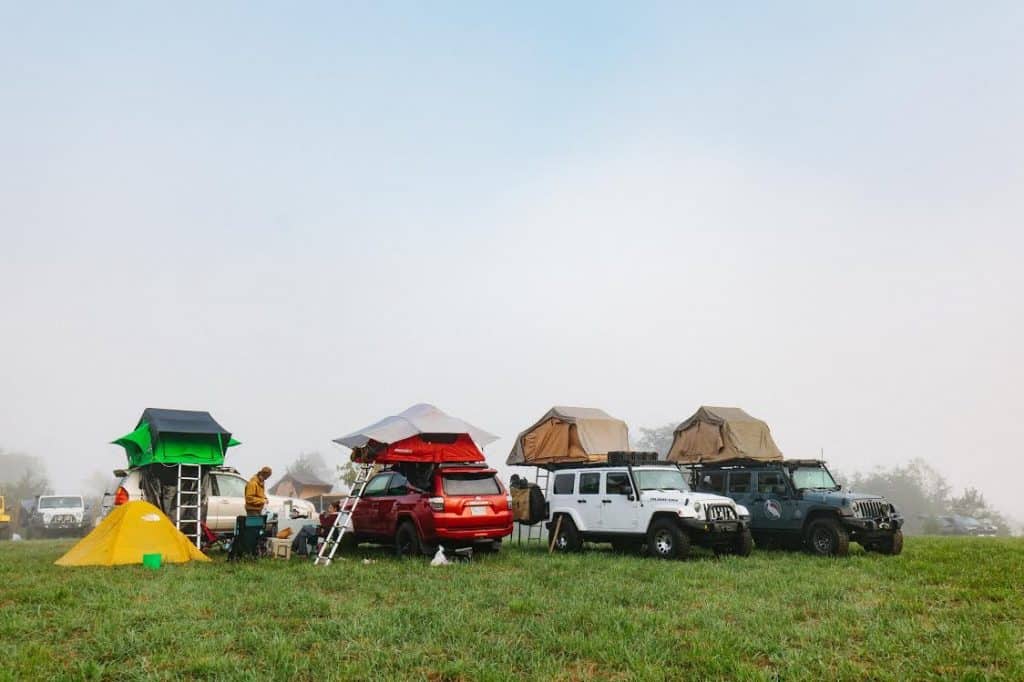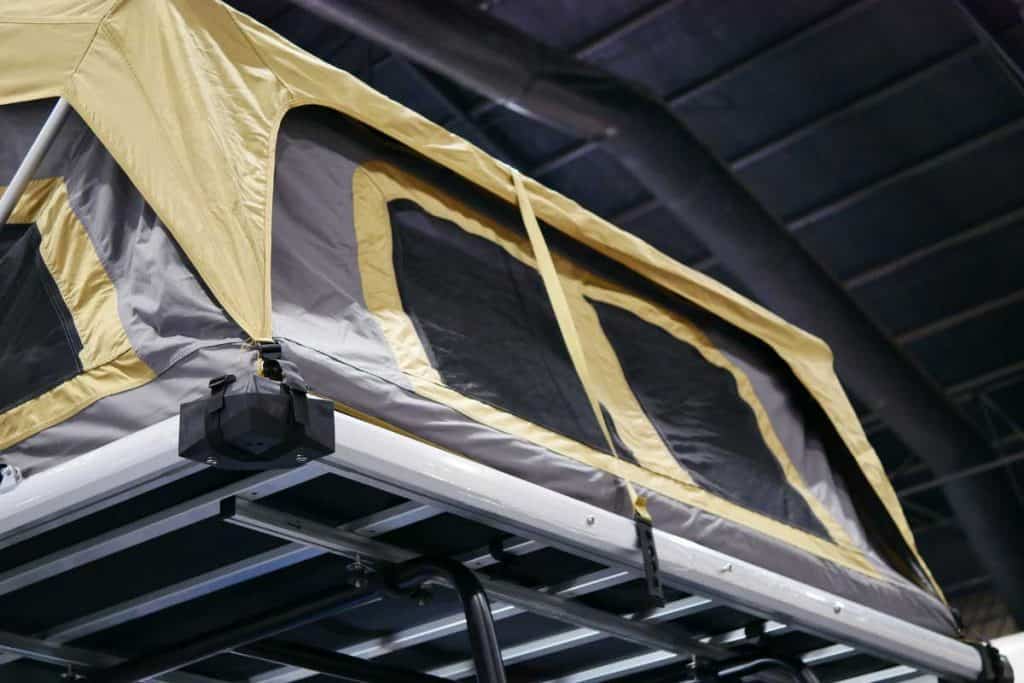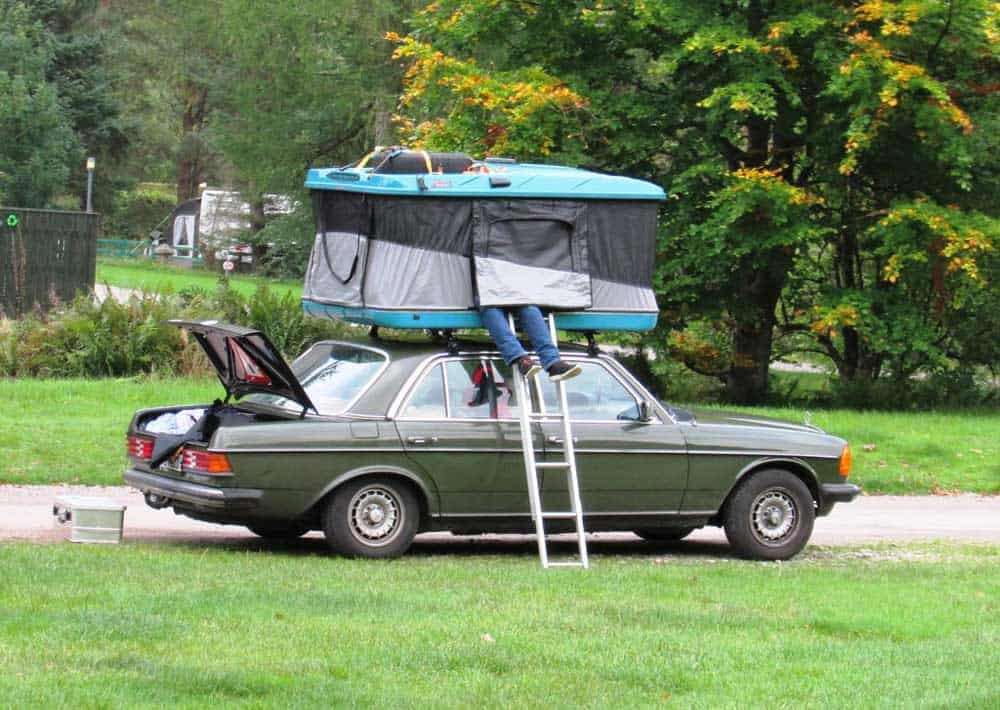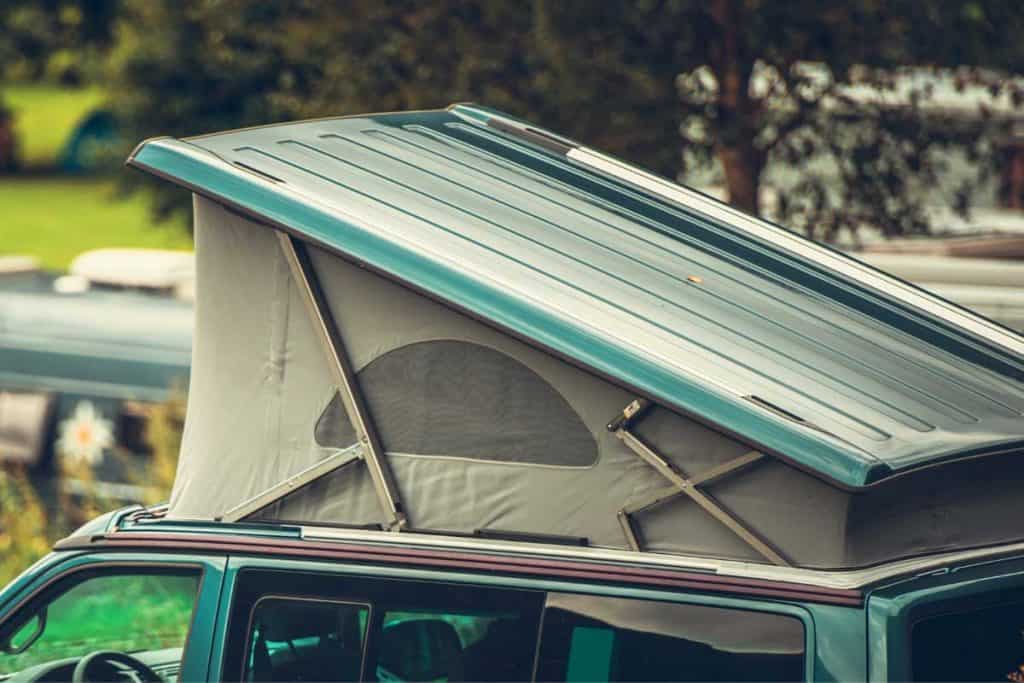A rooftop tent is what you can imagine – sleeping on top of the car. You can even call it a pop-up tent or car-top tent. Imagine that, with a rooftop tent, you can sleep anywhere and off the ground away from creepy crawlies. The appeal of rooftop tent camping makes it ideal for people looking for comfort and convenience.
But, is it for you? If you’re new to roof car camping, here’s what you need to know to get started.
The advent of technology lets you find various brands, sizes, add-ons, and materials. Most especially, rooftop tents have clearly become more budget-friendly throughout the years.

Pros and cons of rooftop tents
You think it’s all hassle-free? Rooftop tents may be the rage these days especially when Australia is known for its strolling wildlife and insisting insect rage. With a rooftop tent, you get to be in a safe bubble on top of your car for a better vantage point.
Pros
• Able to camp anywhere. Whether you want to camp on the remote outback, cold front, or at the back of your house, a rooftop tent allows you to camp just about anywhere.
• Easy set-up. Rooftop tents are easy to clamp and set up on the top of your vehicle as long as you meet its requirements. Pitching in can be stress-free and once you’ve placed it coolly on top of the car, you can quickly deploy some straps, ladder, and poles.
• Provides comfort. Most mattresses come with superior foam quality that provides enough mesh, ventilation, and support. What’s more, you get to sleep away from the ground free from summer creepy crawlies and winter cold.
• More durable. Heavy and quality rooftop gear is often durable and makes better weather protection equipment.
• It’s a lot cheaper. Compared to an RV, the rooftop tent is a lot cheaper to buy and maintain.
Cons
• Not that wind-proof. While rooftop tents make better weather protection gears, they can be buffeted as much in windy locations.
• It’s heavier. The extra size and weight of rooftop tents contribute to fuel waste and car weight pressure. What’s more, families tend to place their extra gear and equipment on the tent to add more space inside the car.
• Must be folded always. If your family goes off exploring the wilderness, you need to fold the rooftop tent always to secure your belongings. It’s a lot of hassle compared to a ground tent where you can just leave it while you’re gone off hiking or swimming.
Rooftop tents have its pros and cons, and features that aren’t for everyone. It’s all about knowing what you need for a backcountry camping trip.

Types of rooftop tents
For those new to rooftop tent camping, one important decision is what type of tent to purchase. Each tent has its features and provides pros and cons for many campers.
Softshell rooftop tents
These foldable tents allow more room as you can extend its flaps to fit the number of people inside the tent.
Softshell tents are small when packed together, but it can be expanded to double living space and fit tall people inside. However, this feature will require more setup and takedown work from you. What’s more, most softshell tents come with an extended awning where you can lounge or prepare food.
Some tents come with rainfly coveralls which helps shield you from inclement weather.
Hardshell roof top tents
Hardshell tents usually collapse flat that makes it an aerodynamic gear on top of your vehicle. Some hard shells provide convenience in travel by being lightweight, durable, and steadfast.
They also have wide livable space hinged with four vertical walls to maximize floor space. But, you can’t further extend it or reduce footprint – you take the wide space as it is.
In addition, setting up and stowing the tent is fast and easy – you can do it in a couple of minutes. This is best for families or couples who want easy takedown when they want to leave the campground and explore the sights and attractions of the region.

Factors to consider when buying rooftop tents
With so many options in the marketplace, what are the considerations you should know to purchase the right rooftop tent for you? Here are pointers if you want to buy these camping gears.
Weight
Weight is an issue you want to consider for your rooftop tent. A lot of them weigh more or less 50 kilos. Heavier tents can cause pressure in your vehicle resulting in a decrease in fuel efficiency, car system pressure, and hard driving on the road. Since you’ll be loading most of your gear and accessories on the tent, you have to make sure if the car can carry the weight.
Convenience
How you travel and camp can be a huge factor when choosing the gear. Are you someone who stays for the night and wander all day? Do you have to travel to multiple cities for your vacation? These things can help you determine if the rooftop tent camping is convenient for you.
1. How many people will be going
2. How far you’ll go
3. How many items do you need
4. How long are you away
5. How are your pace and itinerary
6. Where will you stay
Rack and vehicle compatibility
Is the tent compatible with your rack and vehicle? Your rack supports different loads to avoid accidents and rollovers. Car roofs should be sturdy enough to support the heavy weight of the tent, ladder, and static capacity of everything of your camping gears.
Annex and awnings
If you want extra rooms or living spaces, some tent models integrate awnings that can serve as ground tents for additional rooms. This can prove to be useful if you have a large family or kitchen needs.
Budget
Is




